Conservation status Least Concern | Genus Lavandula Higher classification Lavender Rank Species | |
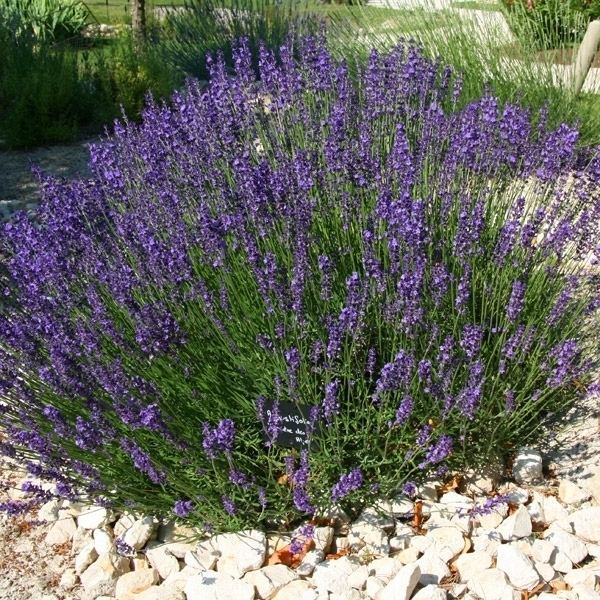 | ||
Similar Lavender, Rosemary, Lemon balm, Common sage, Peppermint | ||
A focus on english lavender all you need to know about lavandula angustifolia
Lavandula angustifolia (lavender most commonly True Lavender or English lavender,though not native to England ;also garden lavender, common lavender, narrow-leaved lavender), formerly L. officinalis, is a flowering plant in the family Lamiaceae, native to the Mediterranean (Spain, France, Italy, Croatia etc.).
Contents
- A focus on english lavender all you need to know about lavandula angustifolia
- Lavandula angustifolia hidcote
- Growth
- Etymology
- Cultivation
- Cultivars
- Dwarf cultivars
- Semi dwarf cultivars
- Giant cultivars
- Uses
- Subspecies
- Hybrids
- References
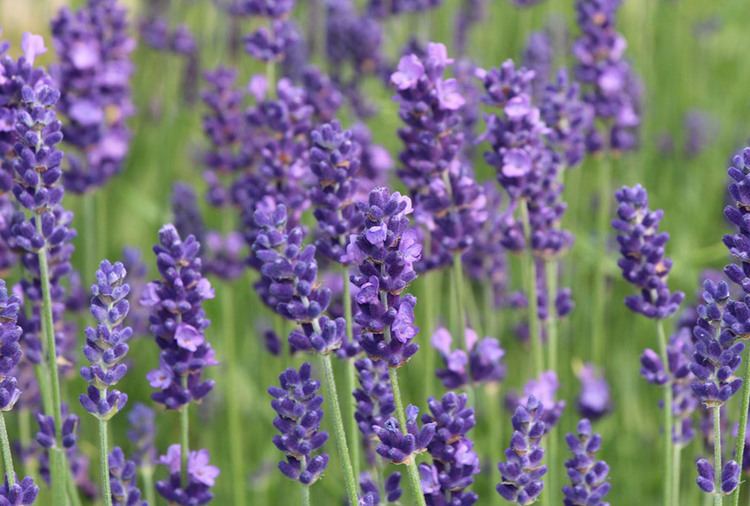
Lavandula angustifolia hidcote
Growth
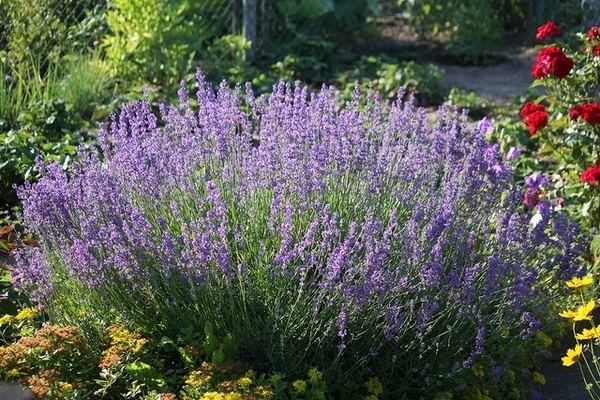
It is a strongly aromatic shrub growing as high as 1 to 2 metres (3.3 to 6.6 ft) tall. The leaves are evergreen, 2–6 centimetres (0.79–2.36 in) long, and 4–6 millimetres (0.16–0.24 in) broad. The flowers are pinkish-purple (lavender-coloured), produced on spikes 2–8 cm (0.79–3.15 in) long at the top of slender, leafless stems 10–30 cm (3.9–11.8 in) long.
Etymology
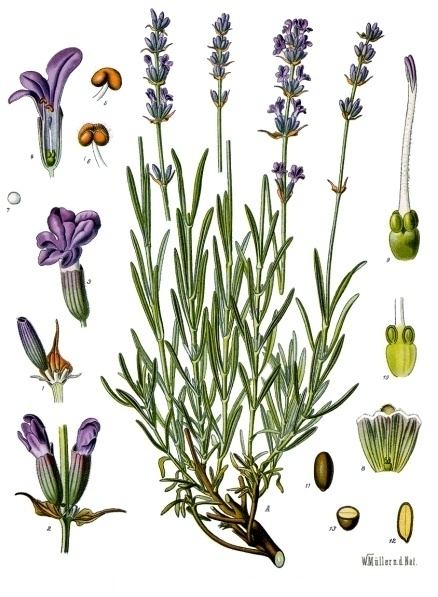
The species name angustifolia is Latin for "narrow leaf". Previously, it was known as Lavandula officinalis, referring to its medicinal properties.
Cultivation
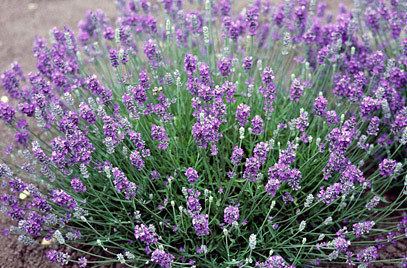
English lavender is commonly grown as an ornamental plant. It is popular for its colourful flowers, its fragrance, and its ability to survive with low water consumption. It does not grow well in continuously damp soil and may benefit from increased drainage provided by inorganic mulches such as gravel. It does best in Mediterranean climates similar to its native habitat, characterized by wet winters and dry summers. It is fairly tolerant of low temperatures and is generally considered hardy to USDA zone 5. It tolerates acid soils but favours neutral to alkaline soils, and in some conditions it may be short-lived.
Cultivars
The following cultivars have gained the Royal Horticultural Society's Award of Garden Merit:-
Dwarf cultivars
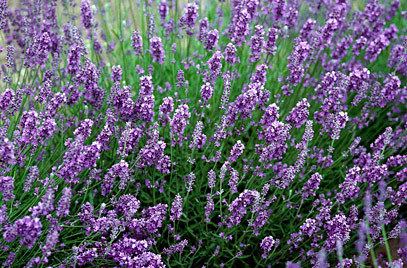
Compacta, Folgate, Dwarf Blue, Dwarf White, Hidcote Pink, Hidcote Superior, Munstead, Nana Atropurpurea, Nana Rosea, Sarah, Summerland Surpreme, Lady Lavender
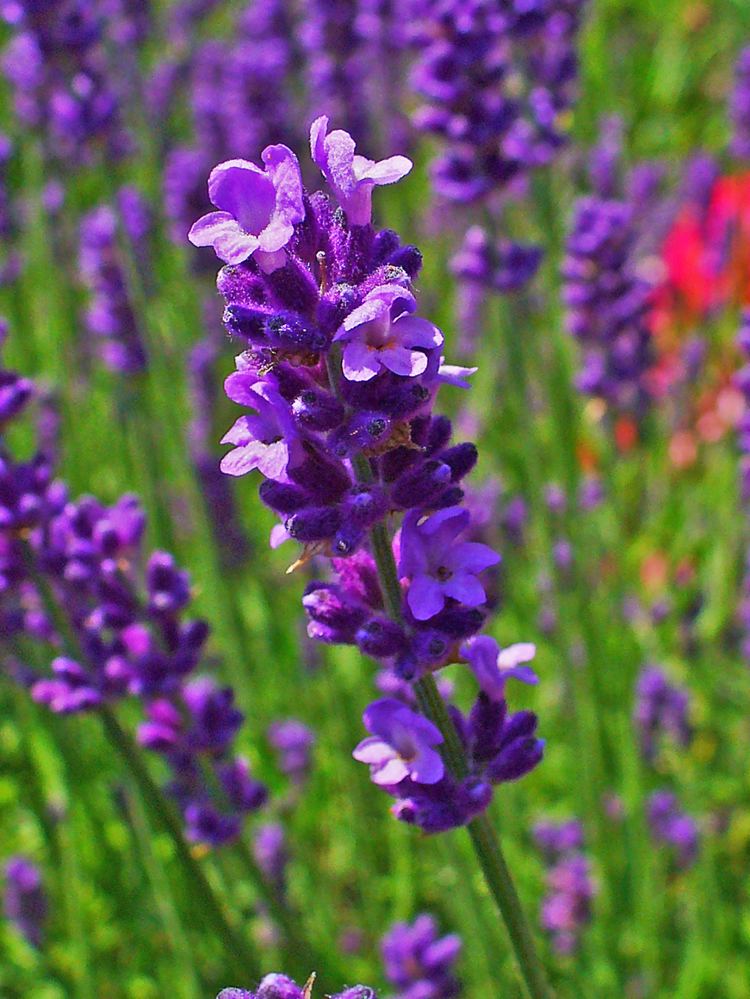
Semi-dwarf cultivars
Bowles Early, Hidcote Variety, Loddon Blue, Martha Roderick, Jean Davis, Twickle Purple, Pink Perfume
Giant cultivars
Alba, Blackhouse Purple, Biostos, Bridestowe, Graves, Gray Lady, Gwendolyn Anley, Hidcote Giant, Irene Doyle, Mailette, Middachten
Uses
The flowers and leaves are used as an herbal medicine, either in the form of lavender oil or as an herbal tea. The flowers are also used as a culinary herb, most often as part of the French herb blend called herbes de Provence.
Lavender essential oil, when diluted with a carrier oil, is commonly used as a relaxant with massage therapy. Products for home use, such as lotions, eye pillows (including lavender flowers or the essential oil itself) and bath oils, etc., are also used. Both the petals and the oil are the most popular ingredients in handmade soap.
Dried lavender flowers and lavender essential oil are also used as a prevention against clothing moths, which do not like their scent.
Lavandula angustifolia is included in the Tasmanian Fire Service's list of low flammability plants, indicating that it is suitable for growing within a building protection zone.
Subspecies
Hybrids
Lavandula hybrids are referred to as lavandins. Hybrids between L. angustifolia and L. latifolia are called Lavandula x intermedia. They bloom later than the ordinary English lavenders.
